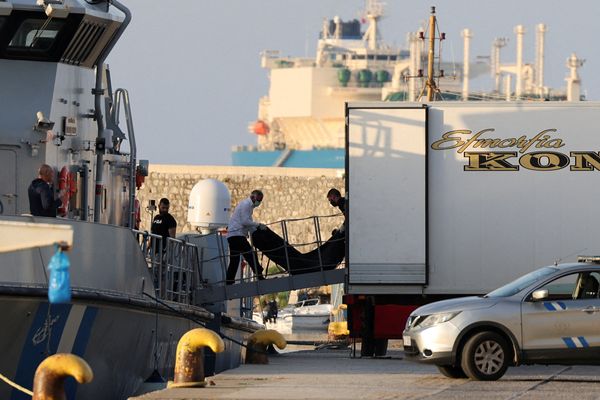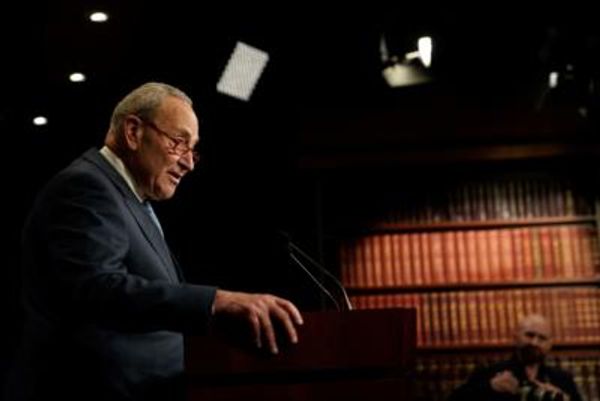
As flashpoints go, few come flashier than Taiwan. To pick one incident from a string of recent close calls: the visit of Nancy Pelosi to Taipei in the summer of 2022. Pelosi, then speaker of the House and third in line to the presidency, was travelling to Taiwan to make an “unequivocal statement that America stands with Taiwan”. The visit produced predictable fury in Beijing: it was “manic, irresponsible and highly irrational”, according to officials; Pelosi was “playing with fire”. Troops were placed on high alert; military exercises were ordered; missiles were launched into the Taiwan Strait. The editor of one mainland tabloid even called for Pelosi’s plane to be shot down. But the more Beijing threatened, the more determined the speaker became, and so, for a few days that August, the world’s two largest economies stood one small military accident away from catastrophic conflict.
How, the observer wonders, did we come to this? There are a dozen reasons, which Sulmaan Wasif Khan, a historian at Tufts University, lays out in his deeply researched and fascinating history of the island. But the nutshell answer is that a mixture of poisonous nationalism and fudged diplomacy over many years, combined with the premierships of Xi Jinping and Donald Trump, has turned the Sino-American relationship into a tinderbox. Taiwan could be the spark that ignites it.
One of the ironies that emerges here is that the island that nationalists in Beijing covet wasn’t historically Chinese, but ended up that way thanks to American interference. Until the 17th century, the people of Taiwan were mostly ethnic Austronesians. The island was then conquered by the Qing dynasty, who hailed from Manchuria, and who maintained a clear China-Taiwan distinction. After the Qing came the Japanese, who held it until 1945. It was President Roosevelt who promised it to a Chinese leader, Chiang Kai-shek, in 1943. When Chiang was defeated in the Chinese civil war by Mao’s communists in 1949, he retreated to the island, which he intended to use as a base to reconquer the mainland. Only now did leaders on both sides of the strait maintain that Taiwan was an integral part of China – Chiang because he continued to claim the whole country was his Republic of China (this is still the island’s official name); Mao because he saw it as a rogue territory within his People’s Republic of China (PRC).
What followed for Taiwan was a difficult balancing act. The US proved an ambivalent Taiwanese protector: successive presidents attempted to wriggle out of security guarantees made to Taipei in order to develop relations with the mainland, but time after time they were stymied by anti-communist populists in US Congress. The Carter administration at last managed to free the country of its commitment to Taiwan in 1978, recognising the PRC instead of the ROC, and for a few decades it seemed possible that Taiwan might willingly integrate with the mainland. But then came Xi and Trump.
Before his elevation to power, Xi showed every sign of following the paths of his pragmatic predecessors, who ran the “one country, two systems” policy that steered China towards a market economy and allowed a degree of political freedom in some territories. But Xi’s premiership was to be marked by thin-skinned authoritarianism, which trashed his predecessors’ careful “normalisation” and clamped down on political dissent, including in Hong Kong. Any hope that a democratic Taiwan might one day submit willingly to Beijing evaporated.
A decade later, on the other side of the Pacific, Trump would elevate the sport of China-bashing to a level not seen since the “yellow peril” days. It was a theme that no doubt played well with some blue-collar voters, and it has since entered the political mainstream. Worse still for Xi was Covid – Trump’s “China virus” – which presented the US leader with an open goal. If Trump’s US had a difficult pandemic, Xi’s was devastating: his government was secretive, controlling, ineffective, and the economy tanked too. All of which created new political impetus for sabre-rattling over Taiwan.
China-US relations now stand “at the edge of chaos”, according to Khan. Beijing’s aggression in the strait has hit new heights, and Biden appears to have recommitted the US to defend Taiwan militarily. A cataclysm beckons.
• The Struggle for Taiwan: A History by Sulmaan Wasif Khan is published by Allen Lane (£25). To support the Guardian and Observer, order your copy at guardianbookshop.com. Delivery charges may apply.







